The spark plug is responsible for igniting the air-fuel mixture inside the combustion chamber. Since spark plugs are regularly exposed to a lot of heat, they will eventually wear out and need to be replaced. However, their lifespan isn’t set in stone and can vary due to several factors.
What’s the Replacement Interval of Spark Plugs?
In the 1960s and ‘70s, spark plug intervals were about 12,000 miles between “tune ups,” which included points and condenser in the distributor, along with timing and carburetor adjustments.
But by about 1980, spark plug replacement intervals had increased dramatically, presumably because electronic ignition created a spark that was so much hotter than the old points-and-condenser systems.
After about 1980, which typically called for spark plug replacement at about 30,000 miles, it wasn’t unusual to find that a car owner had driven over 100,000 miles without replacing the spark plugs and yet had no issues. As model years came and went, spark plug replacement intervals increased to 100,000 miles.
A spark plug’s lifespan depends on its type. Spark plugs vary according to the different metals used in their electrode tips.
Ordinary spark plugs made from copper and nickel should last 30,000 to 50,000 miles but may last as much as twice that many miles. Spark plugs made from platinum and iridium last longer. Platinum spark plugs typically last for 60,000 miles, while iridium spark plugs can last anywhere between 80,000 and 100,000 miles. But as mentioned, spark plugs may last as much as twice that many miles.
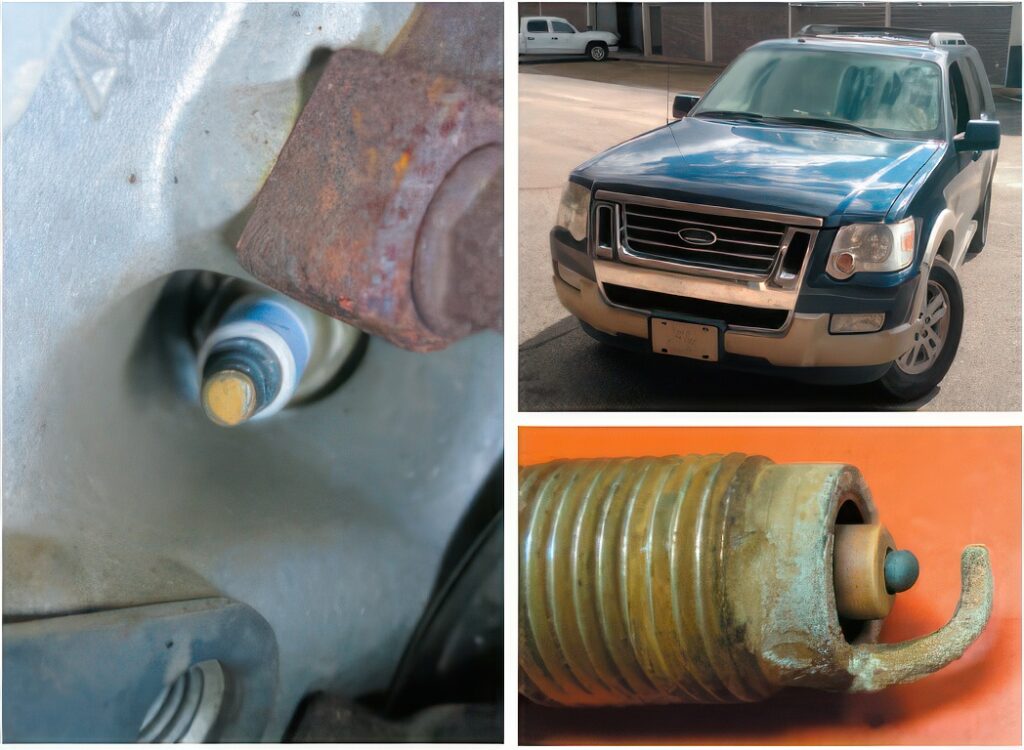
Factors that Affect Your Spark Plug’s Lifespan
A spark plug’s lifespan depends heavily on how the spark plug’s electrode wears out. The electrode is where the spark is generated, from which it jumps to a protruding hook. Other factors can accelerate the rate at which your vehicle’s spark plug wears. As a result, the manufacturer’s replacement interval might not match the rate at which your spark plug is wearing out.
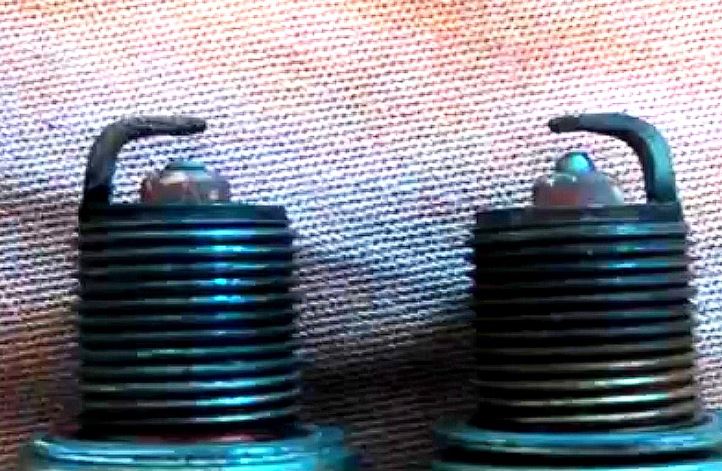
Overheating Damage
Frequently driving your engine at its limit, such as driving your car on the track, can overheat spark plugs and cause the electrode to wear faster. A spark plug can also be exposed to excess heat if an engine has incorrect ignition timing or an incorrect fuel-to-air ratio.
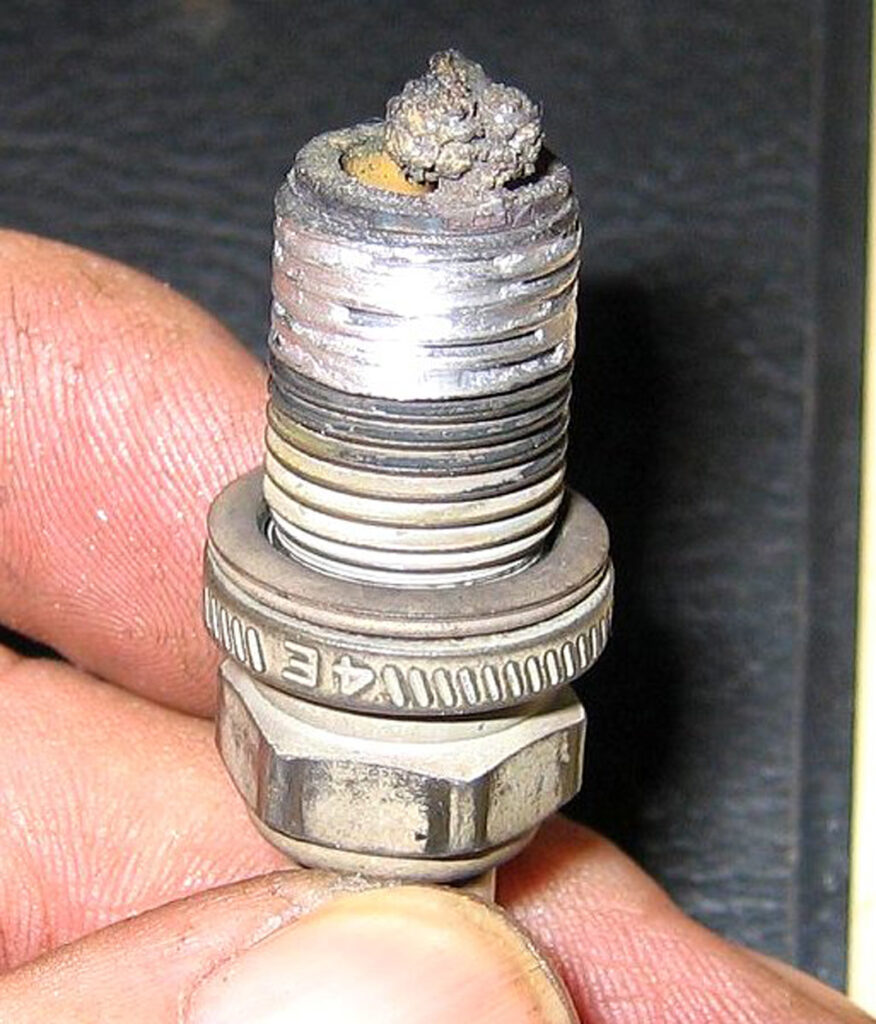
Oil Contamination

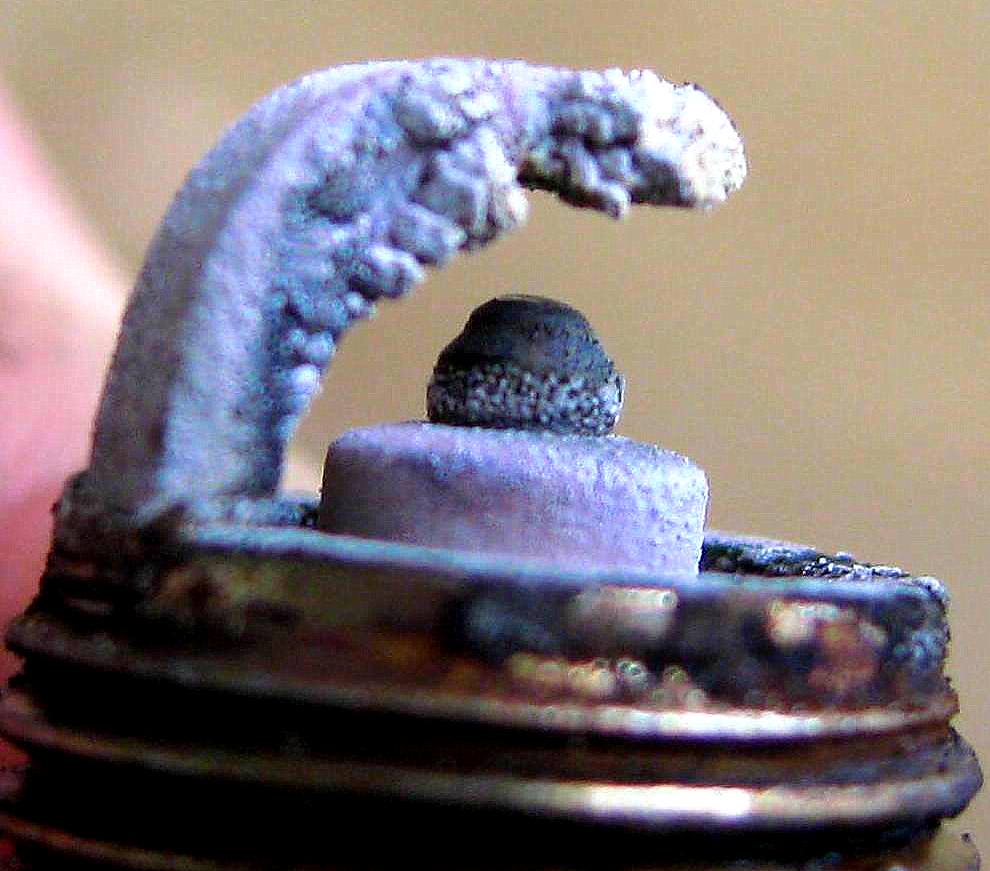
Carbon Buildup

Octane Booster Fouling
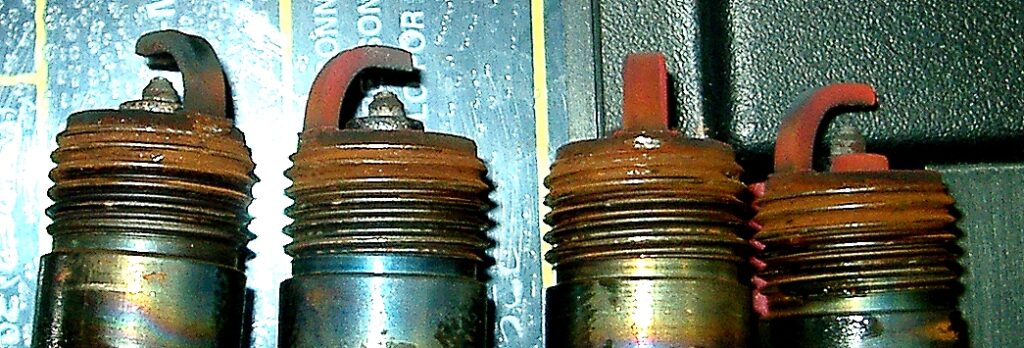
What You Can Do to Make Spark Plugs Last Longer
Just like many vehicle components, proper maintenance and care can make spark plugs last longer. If you know your way around your vehicle’s engine, here are a few things you can do to maximize your spark plug’s lifespan:
Regularly Inspect the Electrodes
The spark plug’s electrodes typically fail when they become clogged with soot, oil, or rust. Pulling them out for inspection and cleaning them can help them last longer.
Pick Good Spark Plugs
When it’s time to replace your spark plugs, pick the ones that are recommended by the manufacturer, which can be found in the owner’s manual. You can also ask your mechanic if it’s recommended to fit your vehicle with spark plugs that have longer lifespans.
Maintain the Gap
If a spark plug gap is too close, it can cause a random idle misfire that may not even be noticeable at higher rpm. If the gap is too wide, it can cause misfires under high rpm load.

You should maintain the gap as prescribed by your owner’s manual. There are also tools that are made specifically for checking and maintaining the spark plug’s gap. Setting the gap a few thousands wider than a narrow factory spec will typically help with idle quality and starting. For example, if the spark plug gap calls for .042 to .046, you can set the plug gap at .050 and the engine will idle better and start better. But if the called-for gap is .050 or more, just use the factory spec.
Always check the spark plug gap on replacement plugs even if they’re supposed to be pre-gapped because you don’t know how they were handled while they were still in the box. Keep in mind that all the plugs need to be gapped the same.
Some tools for setting spark plug gaps may require more advanced automotive DIY skills. That said, if you follow these maintenance tips, then your spark plugs have a good chance of reaching their intended lifespan.
Where to Get New Spark Plugs for Your Vehicle
It’s a good idea to replace your vehicle’s spark plugs once they fail. After all, they can cause engine misfires, poor fuel economy, and other problems that can make driving a hassle. Luckily, you can find replacements for both ordinary and iridium spark plugs easily at CarParts.com.
You won’t even have to take one step outside your door to get yourself some new spark plugs. Simply use your mobile device or computer to visit our website. Then, input your ride’s specs into our vehicle selector and use the search filters to find the perfect spark plug replacements in no time.
We make it a point to get our spark plugs from the most trusted manufacturers in the industry. Plus, our warehouses are strategically located all over the US, meaning you can receive your order within days.
Get yourself some spark plugs that are built to last. Shop now and take advantage of our unbeatable deals!
Any information provided on this Website is for informational purposes only and is not intended to replace consultation with a professional mechanic. The accuracy and timeliness of the information may change from the time of publication.
































